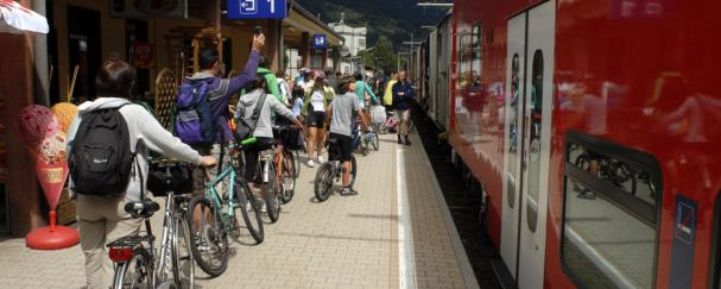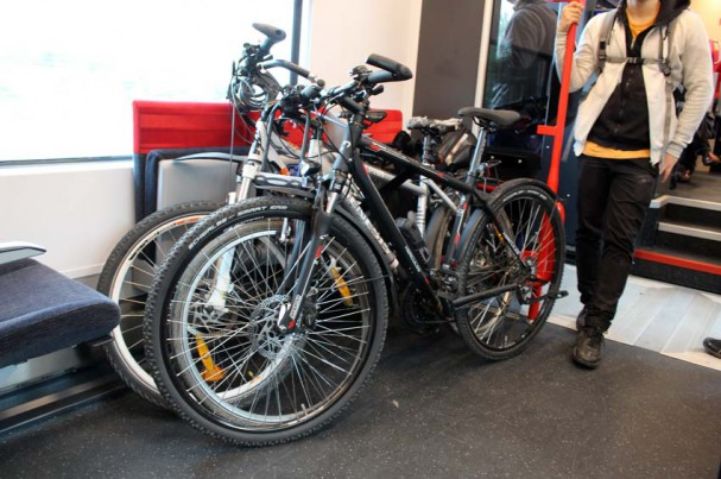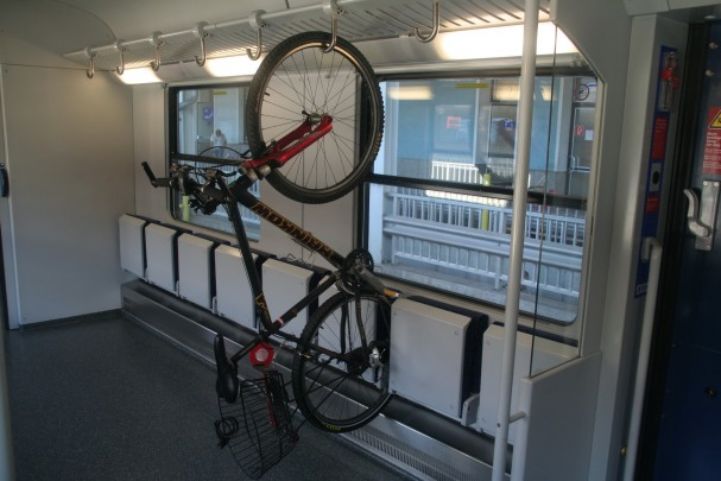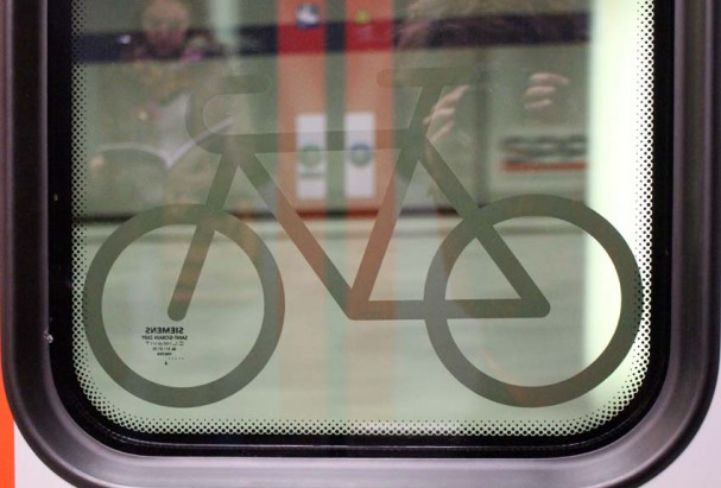Combine bikes and trains to visit Austria’s attractive cycle routes

Not only does it help to reduce the environmental impact of our holidays but also, if done well, it can provide a more flexible, comfortable and convenient way to reach our holiday destinations. And according to latest surveys, about 60% of cycle tourists (with at least one overnight stay in their journey) are using trains on their cycle tour. Moreover, Commissioner Violeta Bulc (Transport) called 2018 to be the “Year of Multimodality”; a year during which the Commission raised and is still raising the importance of multimodality for the transport system in the EU. In order to encourage more people to choose to combine modes, we need to ensure that the connections are as seamless as possible.
Europe has an extensive rail network, which can be used to access most corners of the continent, including the EuroVelo network. Combining cycling with public transport gives tourists the freedom to visit destinations away from the main tourism centres, bringing tourists ‘off the beaten track’ and helping to develop local economies.
Despite the many advantages, it is not always easy to travel by train with a bicycle in Europe. Most regional and local trains accept bikes on board, sometimes with conditions, but for high speed and international trains it can be very difficult. In this article we want to highlight a good practice from Austria.
The work done by the Austrian Federal Railways (ÖBB) and the National EuroVelo Coordinator in Austria (Radlobby) is a very good example for the rest of Europe. There have been many improvements since ÖBB decided to change its policies and to begin allowing bicycle carriage on its high speed Railjets in 2012. Since 2016, all 60 Railjet trains allow for the carriage of 5 to 7 bicycles, which you are requested to pre-book. Booking is possible on oebb.at and in all ÖBB travel centres. As for regional trains, the ÖBB Cityjet has 12 or 18 bicycle spaces, and the ÖBB S-Bahn can accommodate 12 bicycles.
A positive recent development has been ÖBB’s upgrade of the Nightjets - its night train service that links Austria with many surrounding countries such as Germany, Italy and Switzerland – with bicycle spaces. It is already possible to take a bicycle on 8 Nightjet routes linking Austria and Germany, which are listed on this page. With this service, ÖBB has expanded the night train offer and taken over connections that were abandoned by the Deutsche Bahn a few years ago. Bike transport should be achieved in all ÖBB Nightjets by 2022.


Cycle tourists who decide to travel with their bikes to Austria have the opportunity to discover many interesting cycle routes, such as the four EuroVelo routes that cross this Alpine country in all directions: EuroVelo 6 – Atlantic-Black Sea, EuroVelo 7 – Sun Route, EuroVelo 9 – Baltic-Adriatic and EuroVelo 13 – Iron Curtain Trail. Austria has a national EuroVelo portal providing all the necessary information for cycling these routes at www.eurovelo.at. Detailed user-friendly information on bike-carriage options on trains and buses along Austria´s EuroVelo routes are planned to be implemented in the website by the start of 2019’s cycling season. With Vienna located at the crossroads of EuroVelo 6 and EuroVelo 9, the possibility to travel by train to Austria with a bicycle is very important to cycle tourists.
But there is also a national cycling network in Austria, and all cycle trails in the country are listed on www.radtouren.at/en, together with a list of accommodation providers and an interactive cycling map. There are signposted cycle routes along the main rivers and lakes, inside beautiful valleys and on the tracks of some historical paths. The website also proposes circular cycle trails to explore an area in details, such as the Salzkammergut Cycle Trail favoured by Emperor Franz Joseph and his wife Sissi, the Styrian Wine Country Cycle Trail, surrounded by vineyards, and the Thaya Circuit Cycle Trail running along old train tracks.
Let us now give you some practical information about travelling with a bicycle with the trains in Austria. For route information and ticket purchase, the English ÖBB website is of course a good place to start. Moreover, in case you have a folding bike, those can be taken on all trains with no additional cost and without reservation. It is recommended to use a bicycle carrier bag for the folding bike. In many train stations, you will find that your bike can safely be parked or quickly repaired. In particular, the bike station in Vienna’s central train station offers a wide variety of services that you can check on their website. Bicycles can also be rented in many train stations.

Wondering how to travel with a bicycle in other European countries? The Eurail and Interrail websites give some advice. They also propose the Eurail and Interrail Global Pass, for both non-European and European residents respectively, an all-in-one train Pass giving you flexible access to most trains across Europe. Combining a Eurail or Interrail Pass, a bicycle and a map of the EuroVelo network sounds like the perfect recipe for a holiday around Europe! To make this dream a reality, however, more long-distance trains should allow for bike carriage in the coming years.

We can only hope that the ÖBB will keep up with its improvements regarding the transport of bicycles in trains, encouraged by the Radlobby, and that more European countries will soon follow their example.
Cover picture © ÖBB
All of the other images were provided by the Radlobby.